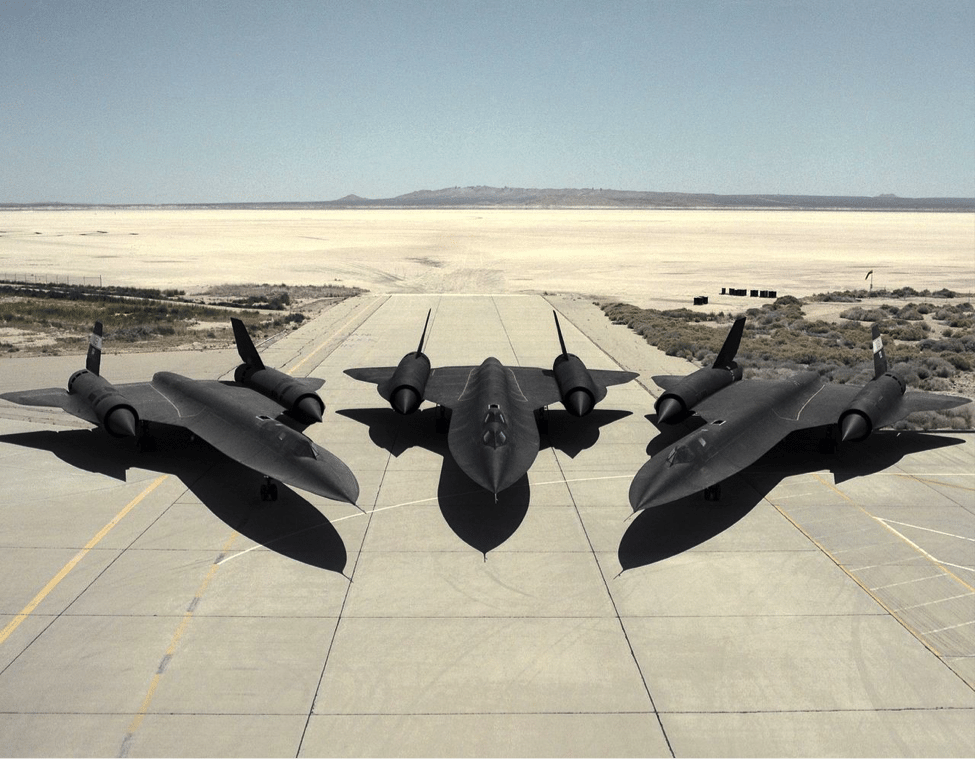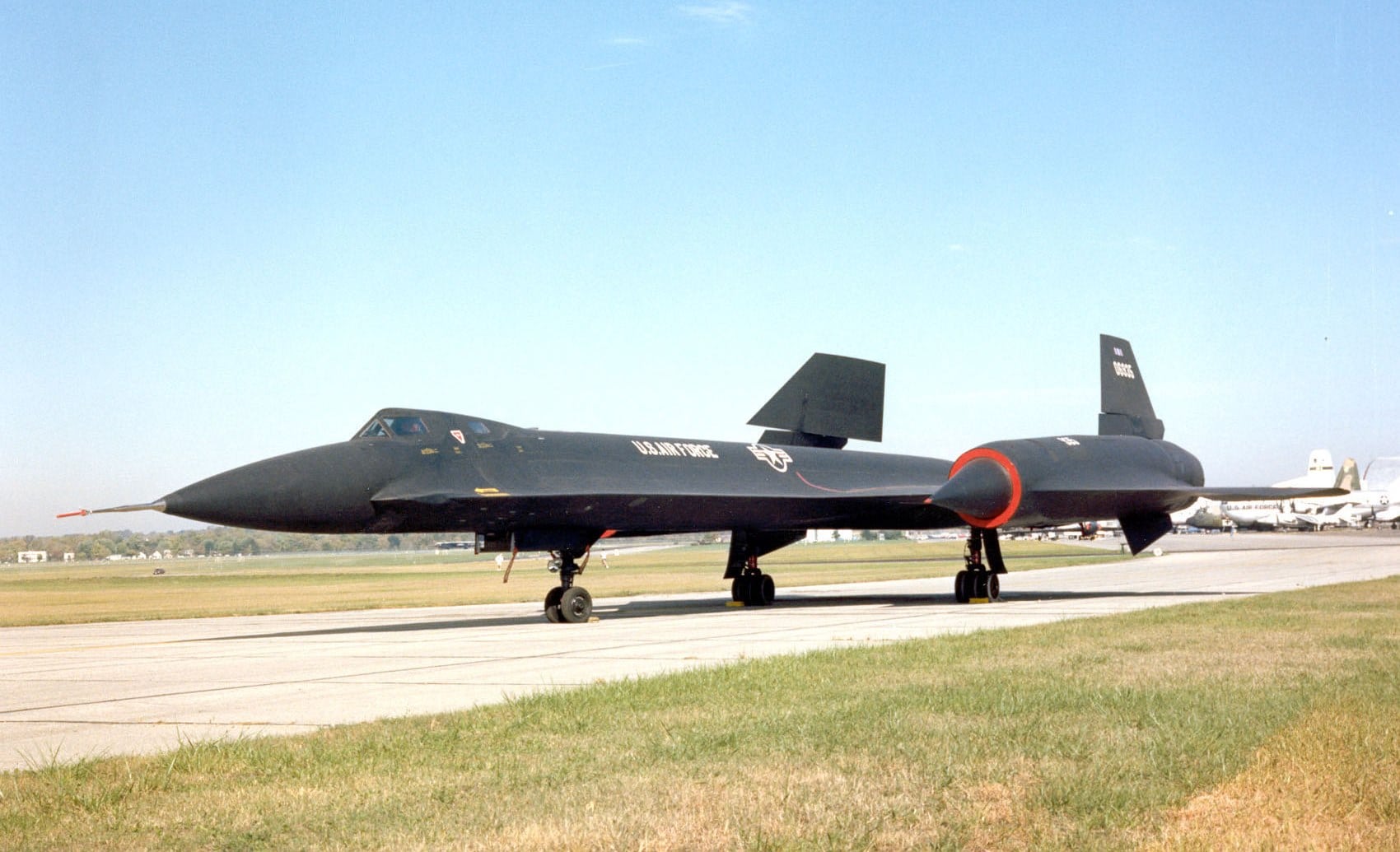SR-71 Was a Stealth Pioneer
Stealth technology has become a buzzword associated with the latest generation of military aircraft, but the SR-71 pioneered that tech way back in the 1960s. The very shape of the aircraft reduced its radar cross section. Inward canted vertical stabilizers, chines along the fuselage forward of the wing roots, and radar-absorbent materials also contributed to the Blackbird’s low radar cross-section (RCS). The chines along the forward fuselage also generated lift and actually improved the aircraft’s performance and made it easier to handle.

The Spikes MOVED?
The inlet spikes in the engine inlets for the massive Pratt & Whitney J58 engines actually moved forward and backward dynamically to maintain the most efficient airflow to the engines. A part of the distinctive shape of the SR-71, those spikes made it possible for the Blackbird to fly at sustained Mach 3 speeds.

Special Tankers for a Special Jet
SR-71s usually took off with a partial fuel load and refueled once safely off the ground. Special KC-135Q tankers were required to refuel the SR-71. Equipped with a modified high-speed boom which allowed refueling of the Blackbird while the tanker flew close to its maximum airspeed (with the Blackbird just loafing along behind and below it), the Q also had special fuel pumping systems for moving the JP-4 fuel used by the Q tanker and the JP-7 fuel for the Blackbird between the different onboard fuel tanks.
Flying on the Edge of Space in a SR-71
SR-71 crews could not survive using standard flight survival equipment of any kind when flying at 80,000 feet (24,000 meters). Pressurized suits and helmets were required and made the crew look more like astronauts than pilots. In a very real sense they were astronauts considering the altitudes at which they regularly flew their missions. If forced to eject from their aircraft, the crew’s “space” suits would support them even in the 450 degree temperatures they would encounter in that scenario.

The Beginning of a Beautiful Friendship
The SR-71 first flew on 22 December 1964 from Air Force Plant 42 in Palmdale California. In January 1966 the first SR-71 to enter service was delivered to the 4200th Strategic Reconnaissance Wing at Beale Air Force Base in California.

